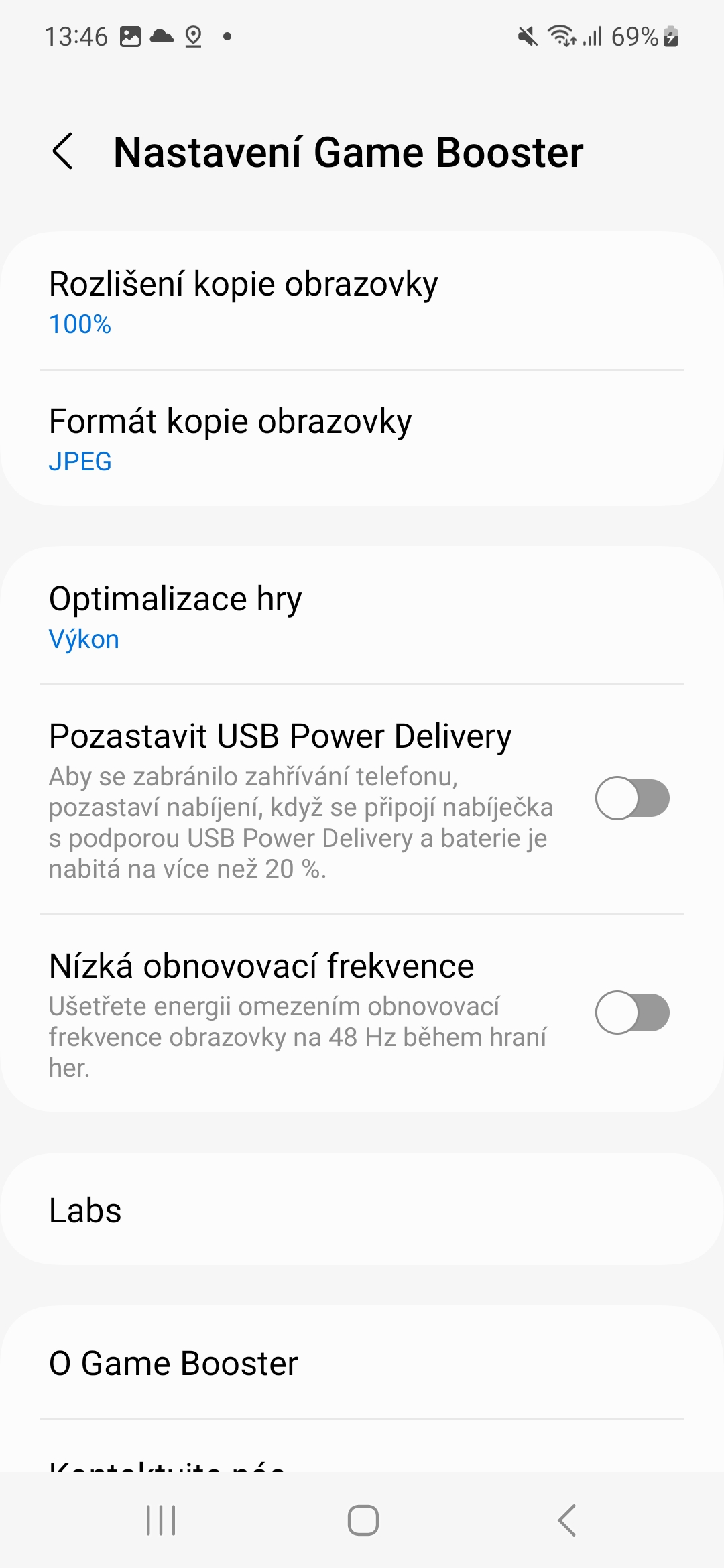On February 1, Samsung introduced a series of its top-of-the-range Galaxy S23 phones and with them the Android 13 superstructure called One UI 5.1. But some news comes not only with phones and the system, but also with various applications and functions. Pause USB Power Delivery is one such. It clearly shows the reserves of both Samsung and Android. Apple would never release this to the public.
But a similar function is not completely new. Certain analogues of it are present in Sony Xperia phones, it also works in Asus phones (armoury crate) for some time. Maybe that's why Samsung didn't mention it when introducing the Galaxy S23, or in the description of its system updates. So not only does it actually copy the function from its competition, but it also indirectly acknowledges one clear fact.
Pause USB Power Delivery aims to do a fairly simple thing. If you play games on your phone and charge it at the same time, the power will go directly to the chip without going through the battery. It clearly reduces the heat generated by the charging process and heating the chip with a demanding game. Samsung phones often suffered from overheating of the chip, resulting in reduced performance and a worse gaming experience, which should not happen anymore. As this is a feature of Game Booster, you just need to update it to the latest version. This is also why older Samsung phones, such as the Galaxy S22 series, which suffered the most from overheating due to its bad Exynos 2200 chip, also get this option.
It could be interest you
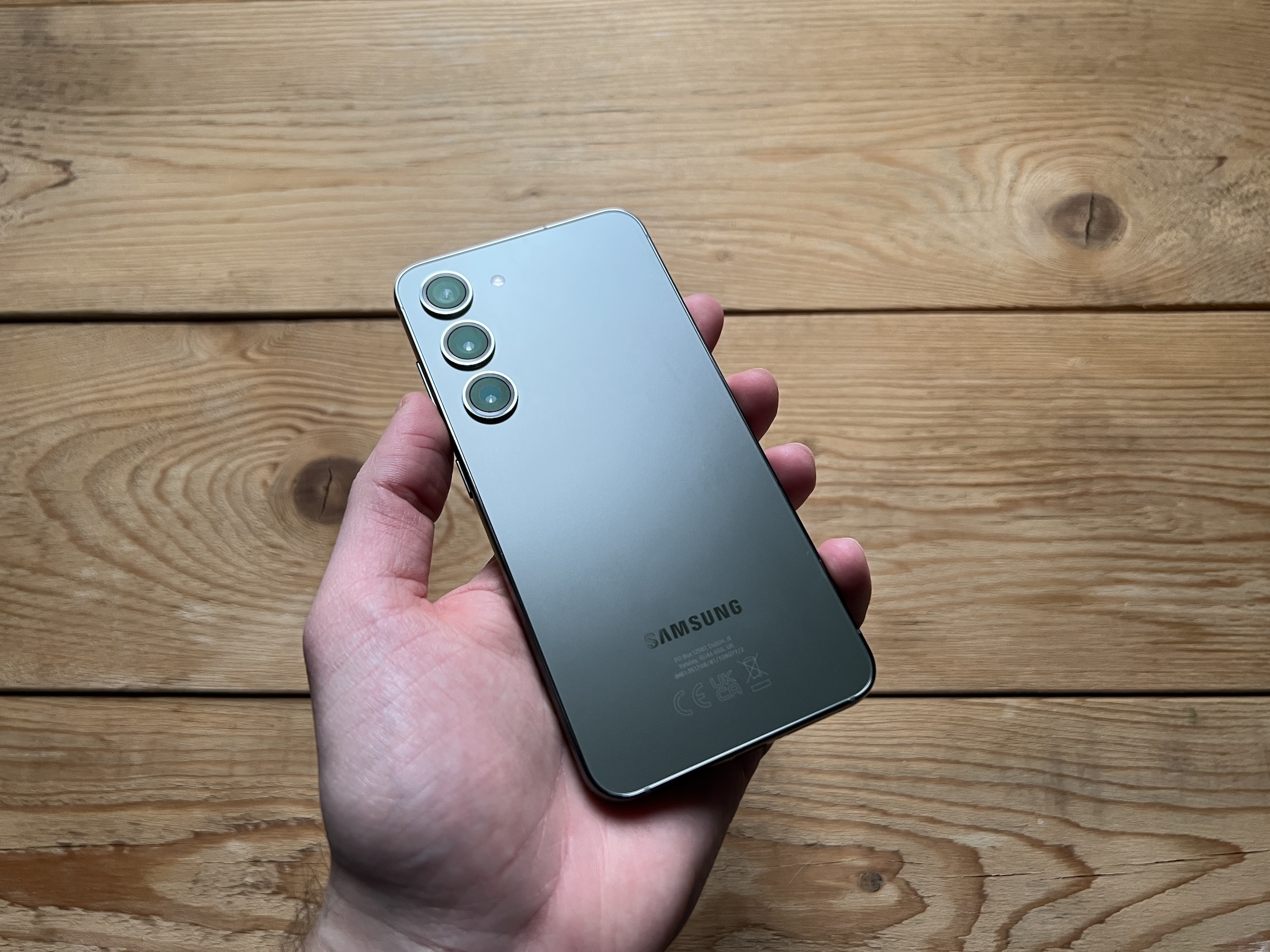
Game Booster settings
Take the simplicity of the iPhone and the complexity of Samsung's Galaxy phone. Apple has its own chip and system, but Samsung is tuning Qualcomm's chip with Google's system into its own package. Where one manufacturer is enough for the iPhone, here we have three. And therein lies the problem. Samsung practically cannot perfectly balance all aspects of this solution. But if Apple manufactures, tunes and "packages" itself, it's easier.
On the one hand, the Pause USB Power Delivery function brings a better user experience for playing demanding games on the phone, on the other, it indirectly shows what a similar solution for folding phones has reserves. It's quite possible that Apple solves it in the same way, we just don't know and we'll never know, because that's something we don't need to know anyway. If it exists, it simply works as Apple intended it to.
However, Android is different precisely in its openness towards the user, which is why it offers the option to turn the function on or off. However, the first mentioned seems like a more reasonable option, because you will actually save the battery itself. If you happen to be the owner of a Samsung with the appropriate Game Booster function, the offer will only appear after connecting the device to power using at least a 25W USB PD charger.
It could be interest you
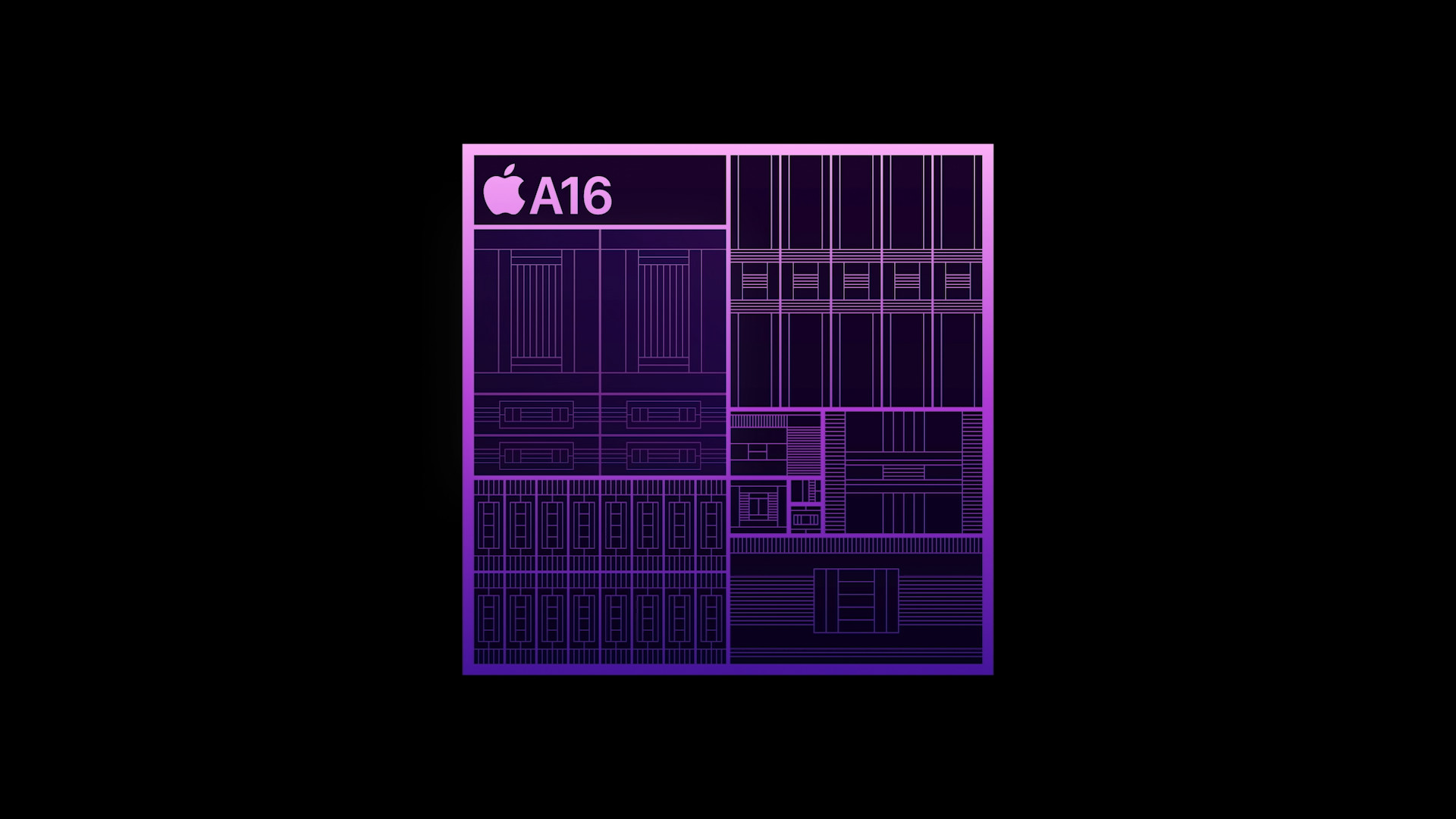
The Game Booster menu itself may be somewhat surprising to iPhone users. It will allow you to limit the resources you provide to the game. With iPhones, you just go full throttle and don't deal with anything like that, but many Androids just can't handle what iPhones do. Therefore, in the case of Samsung phones, you can turn on a low refresh rate here, or otherwise optimize the performance of the device, which will provide the game with it.

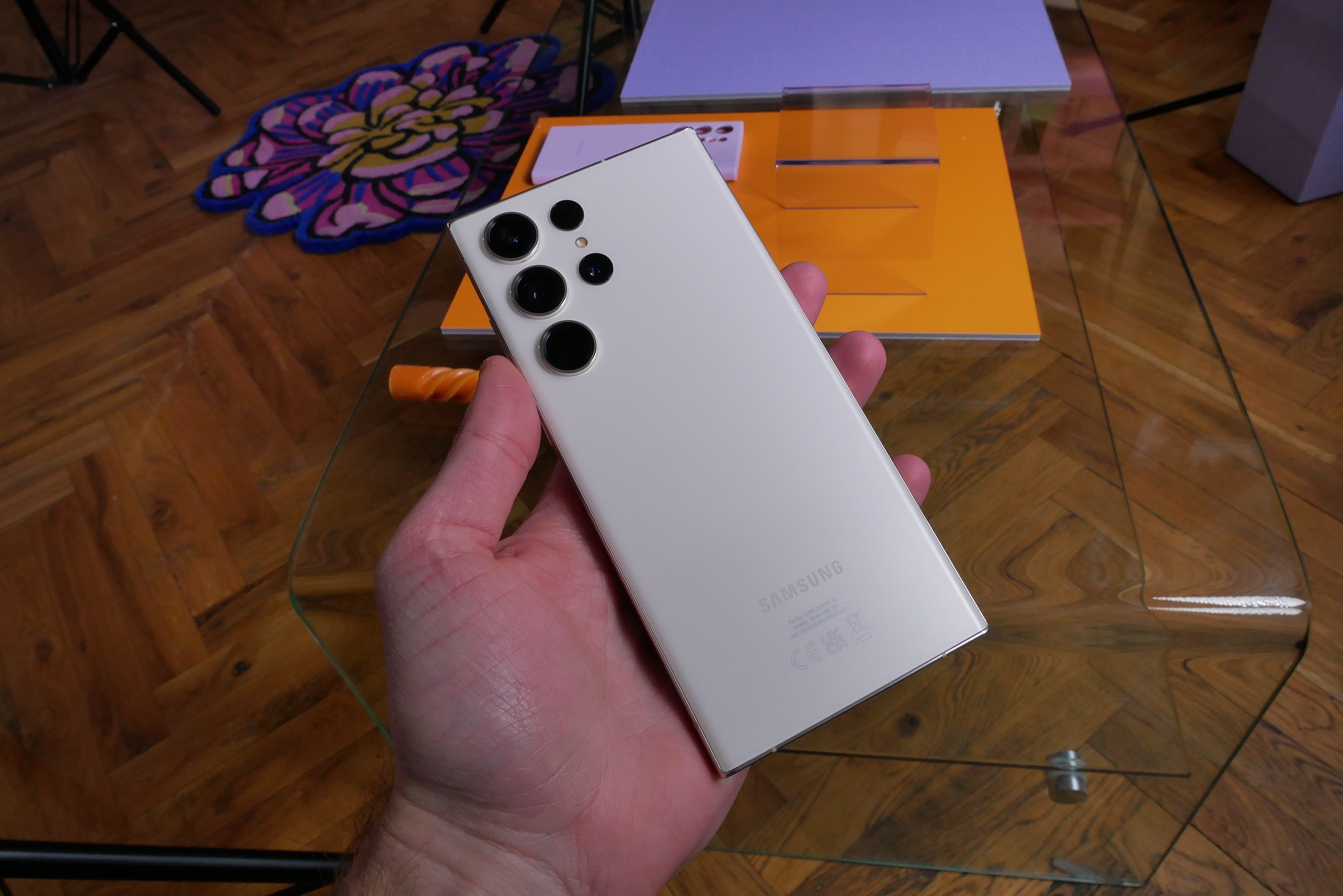

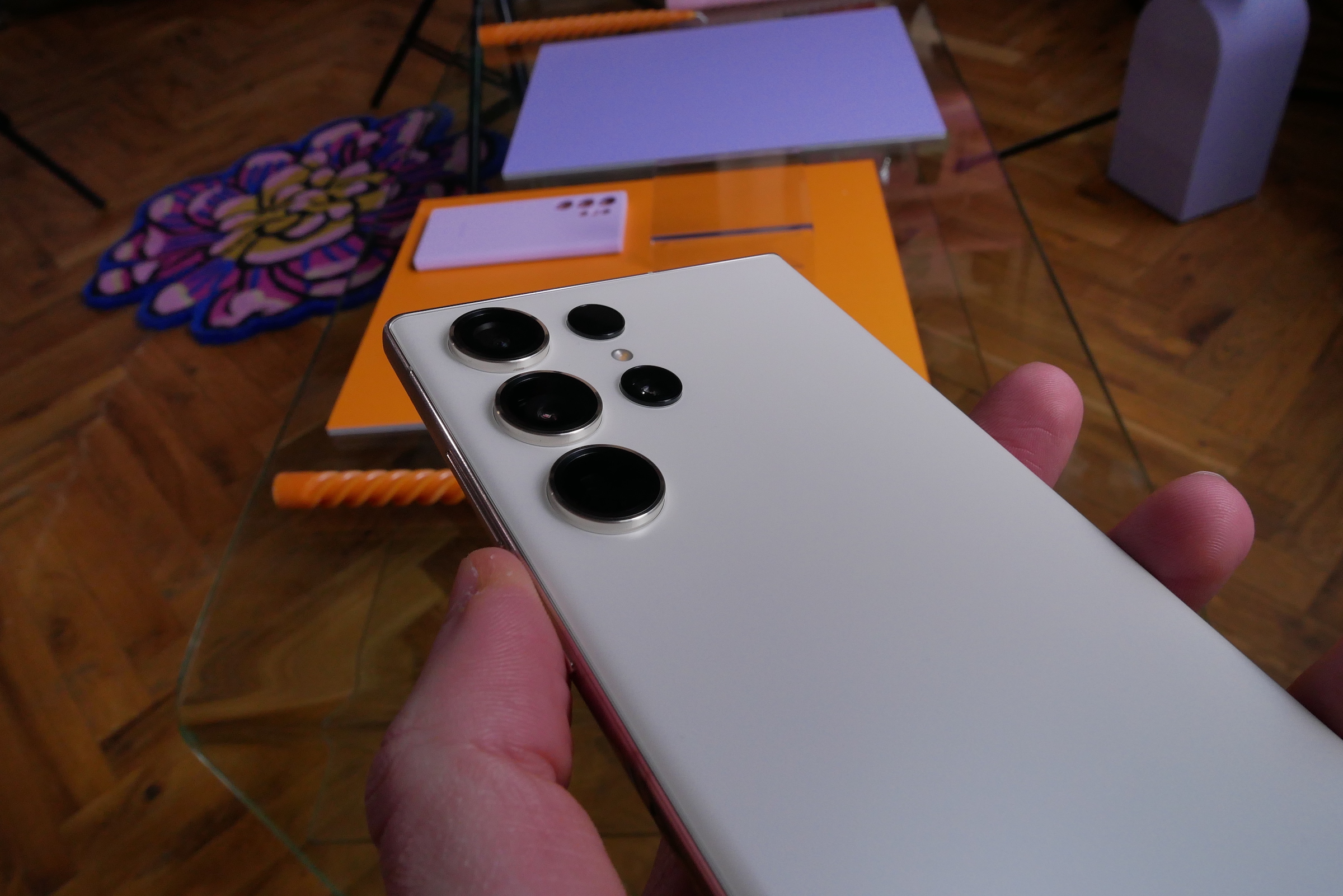
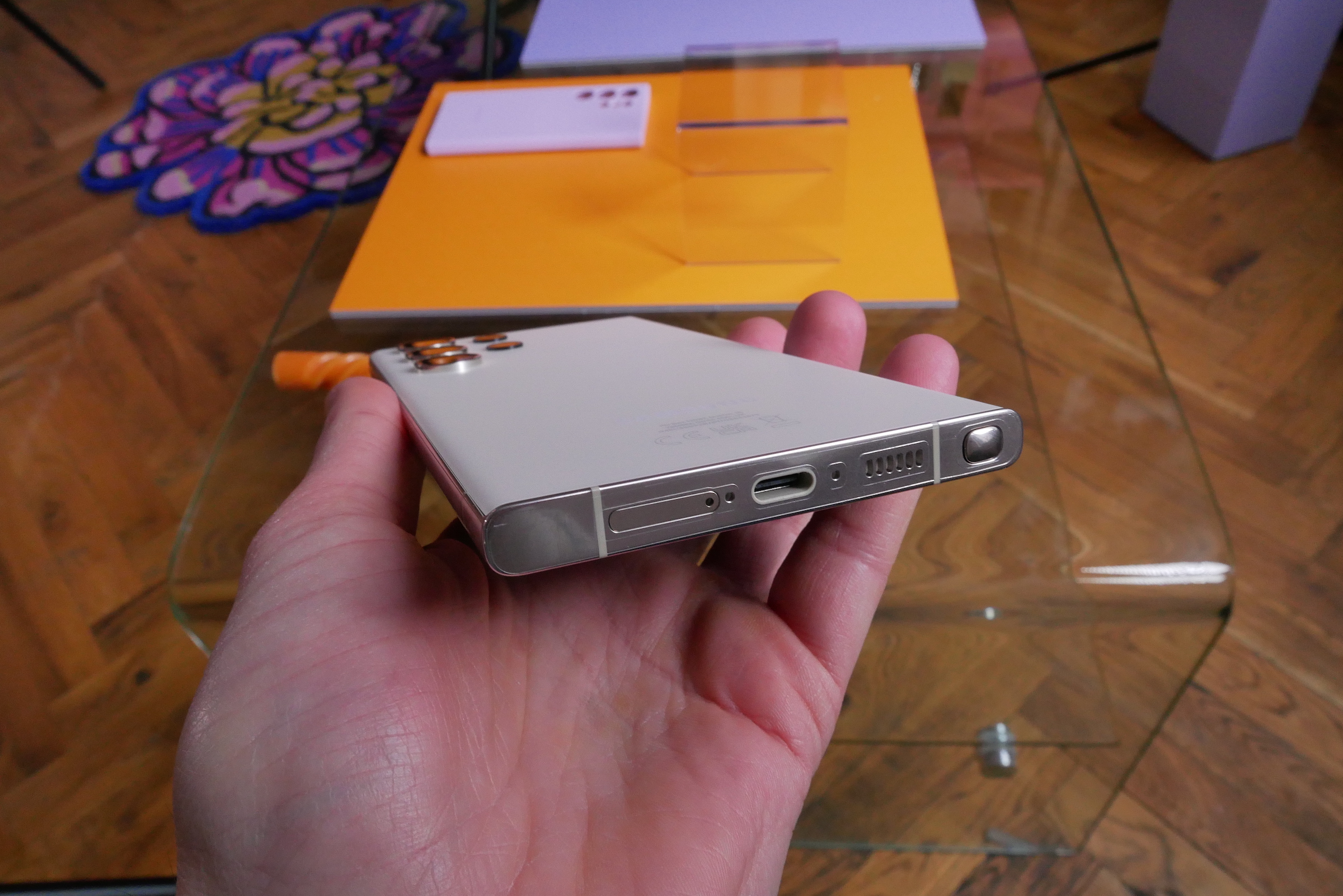

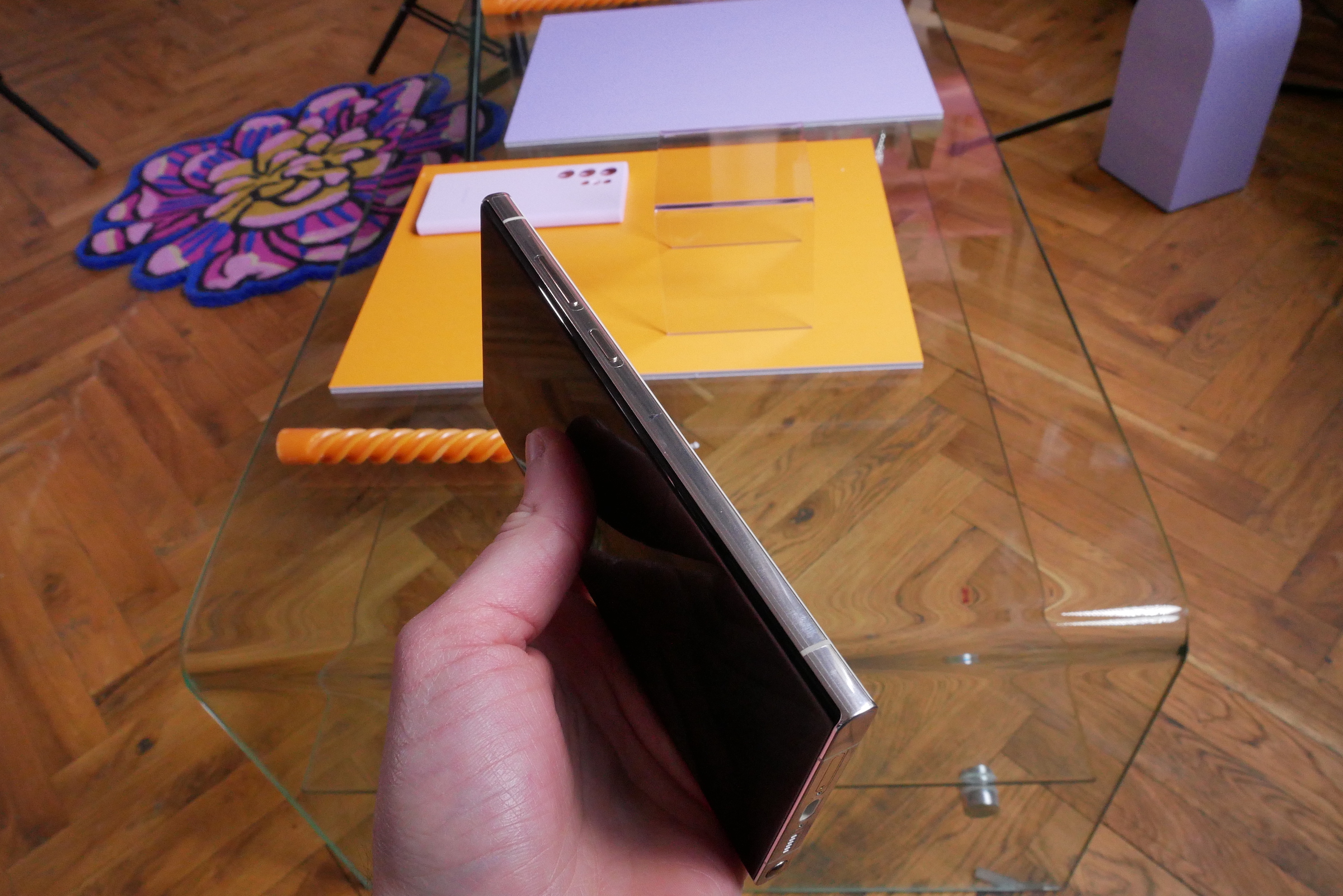

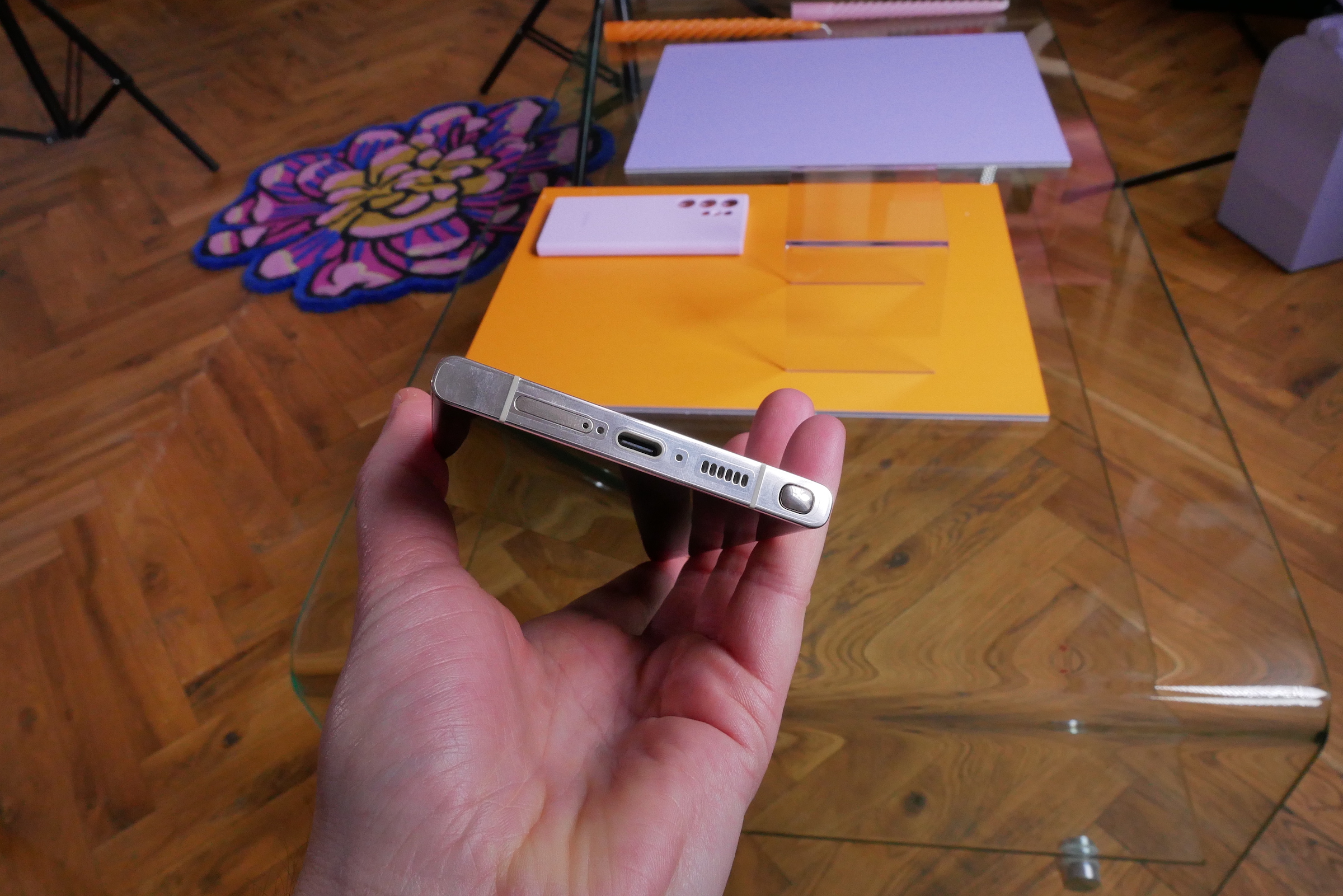
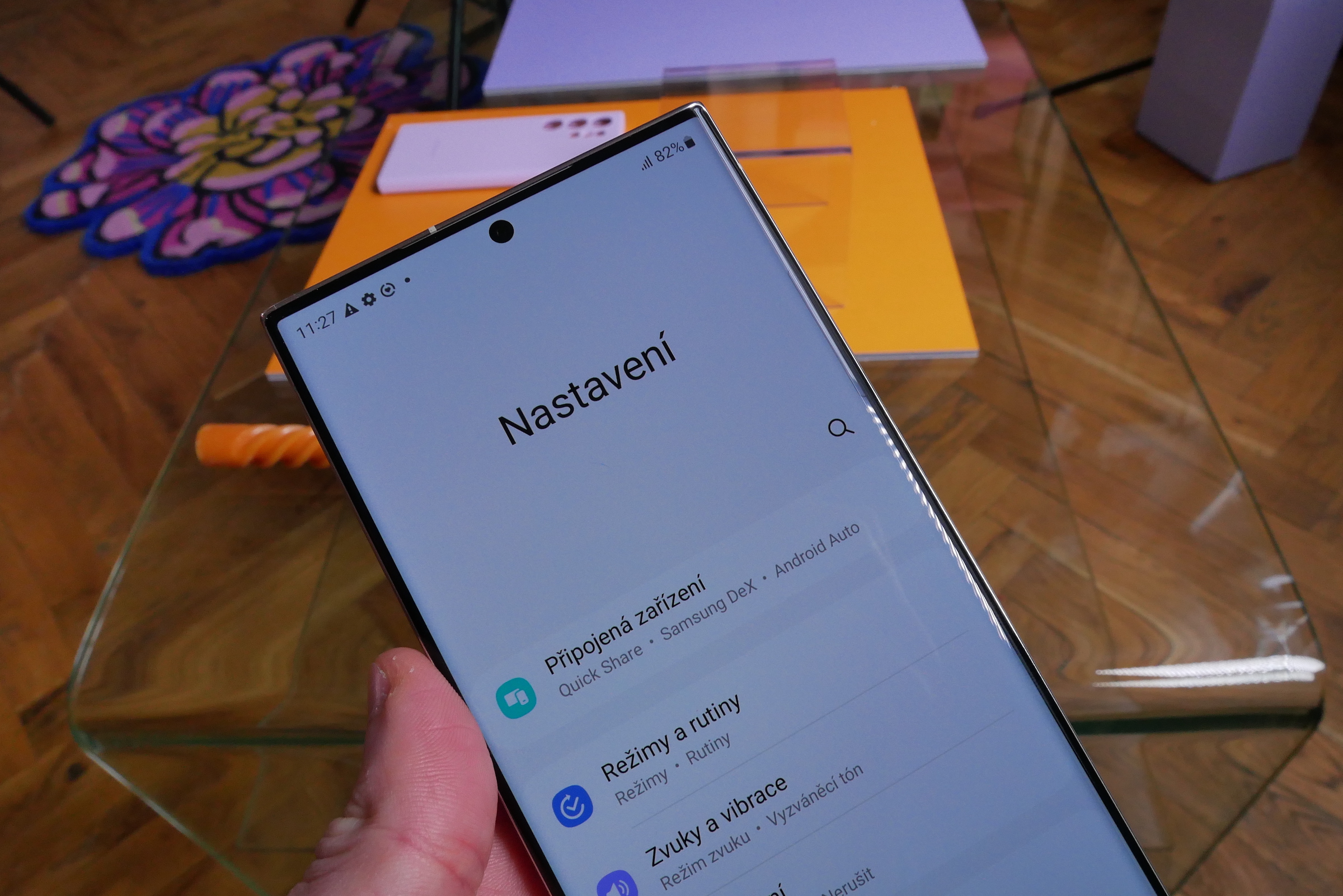

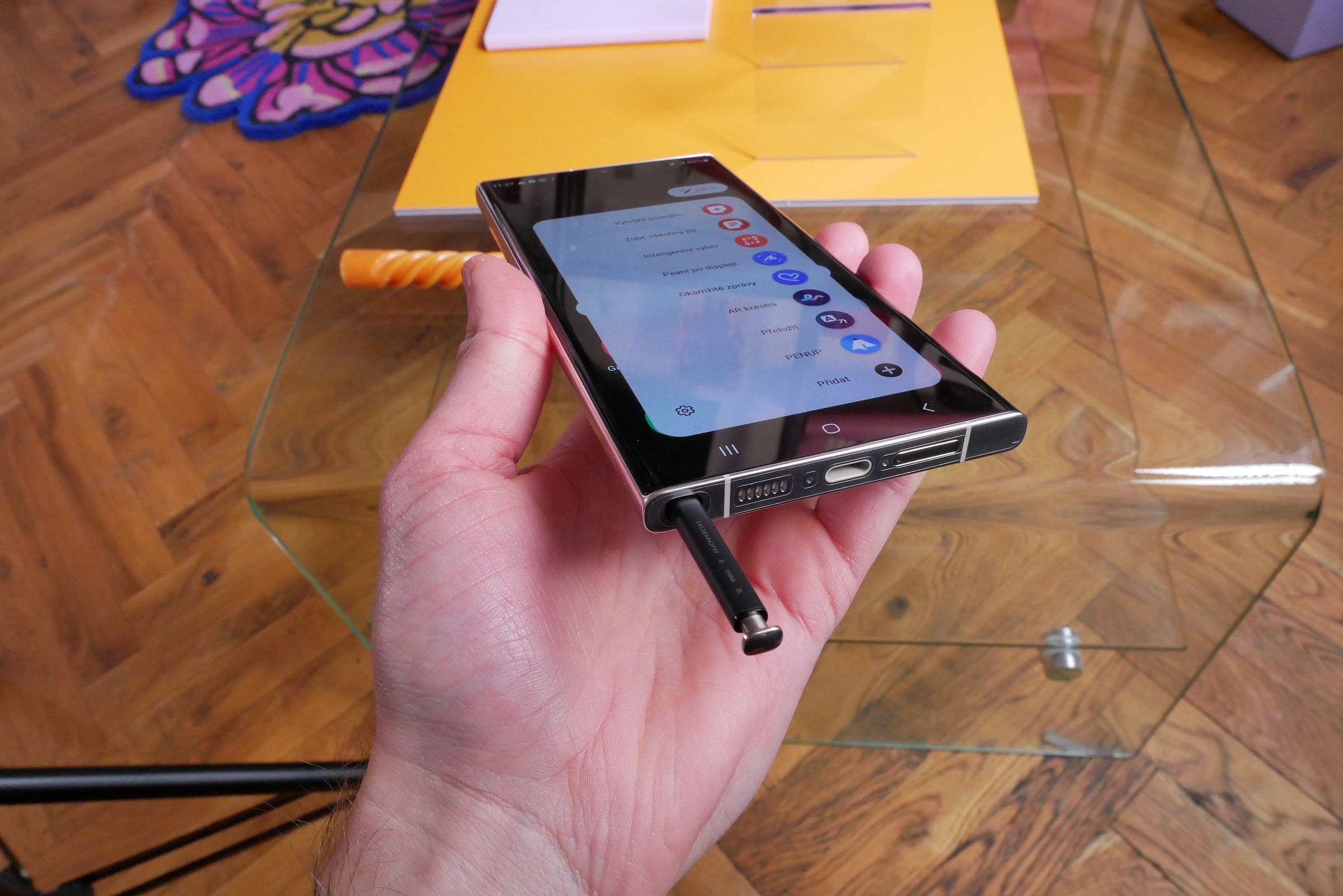
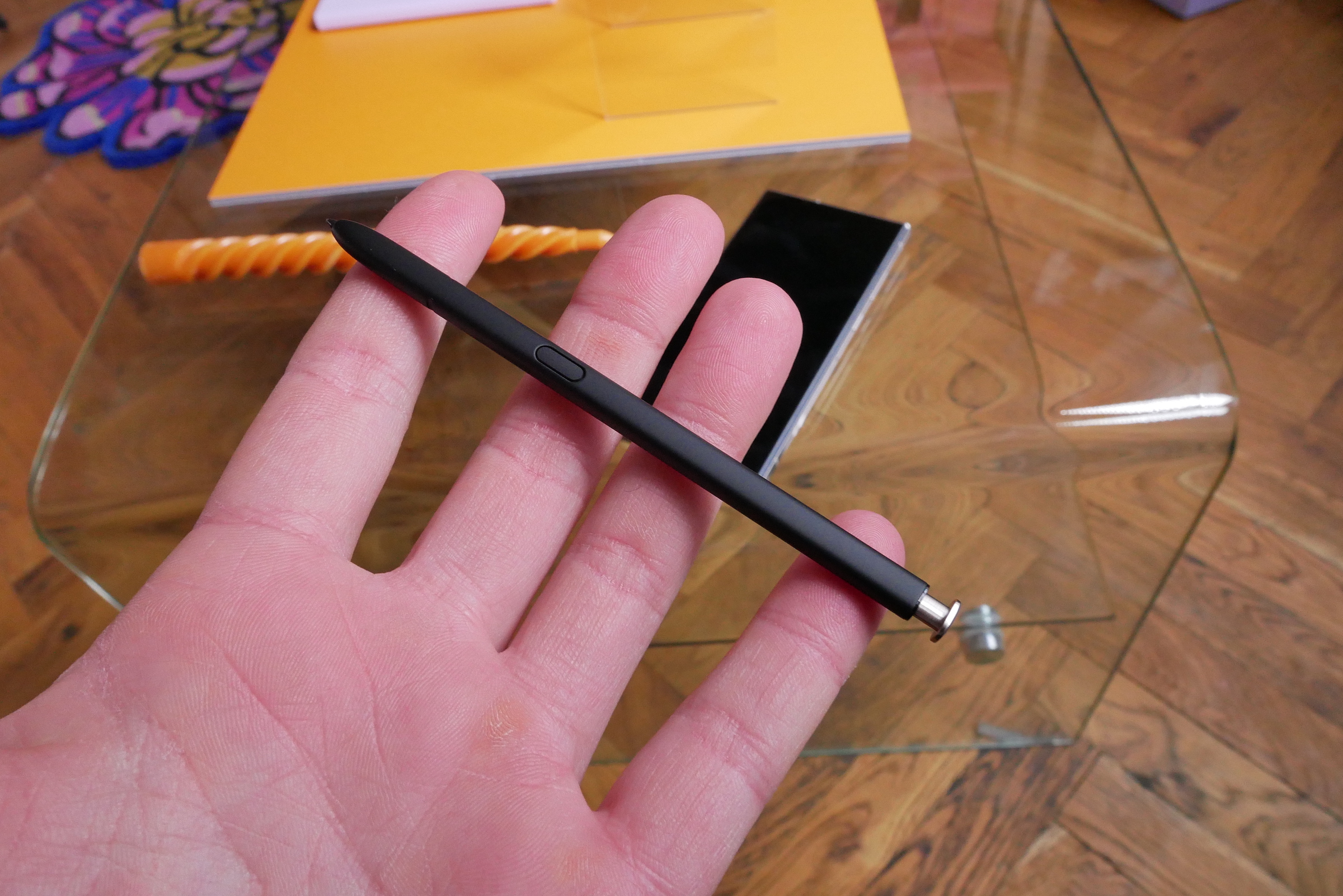
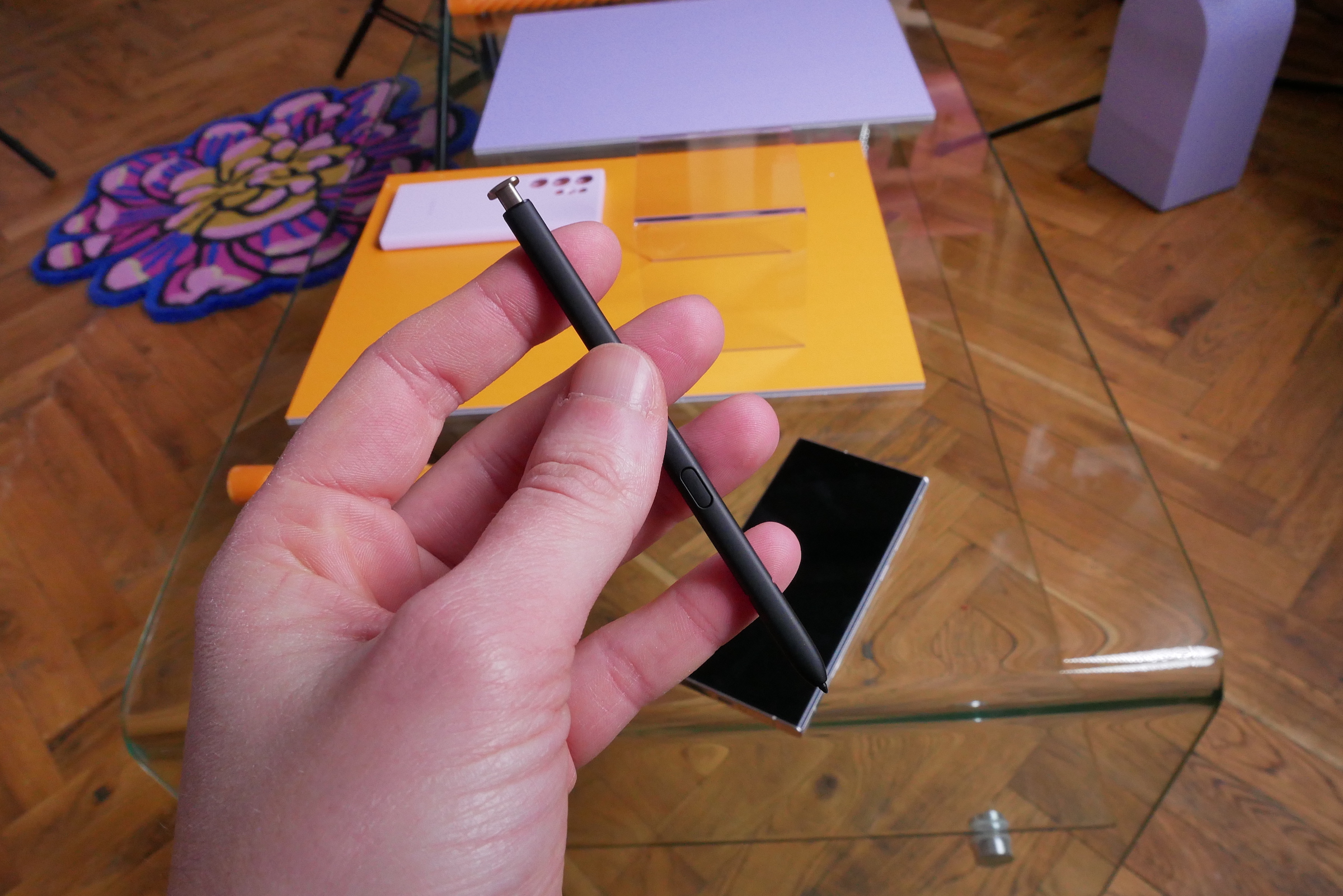
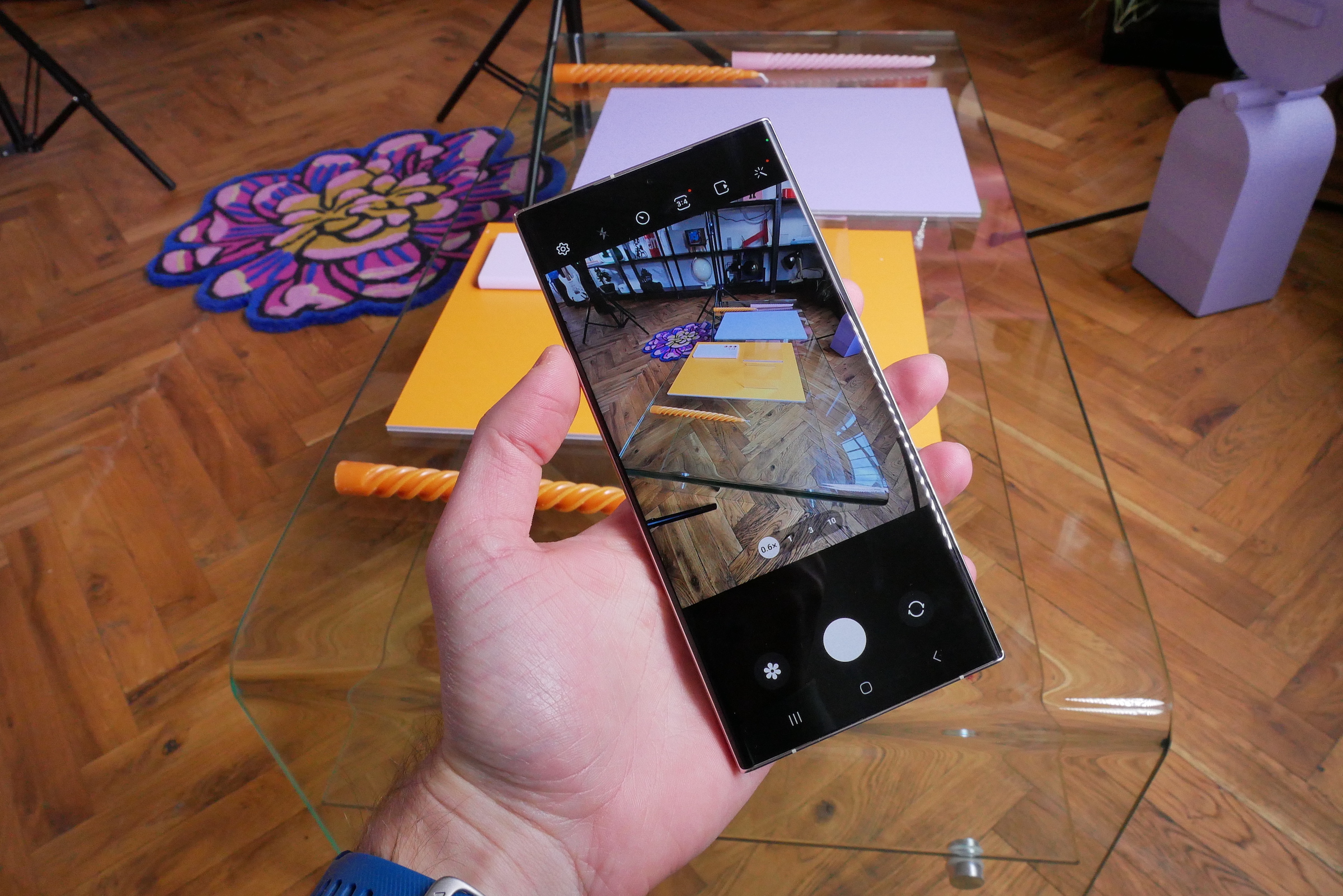
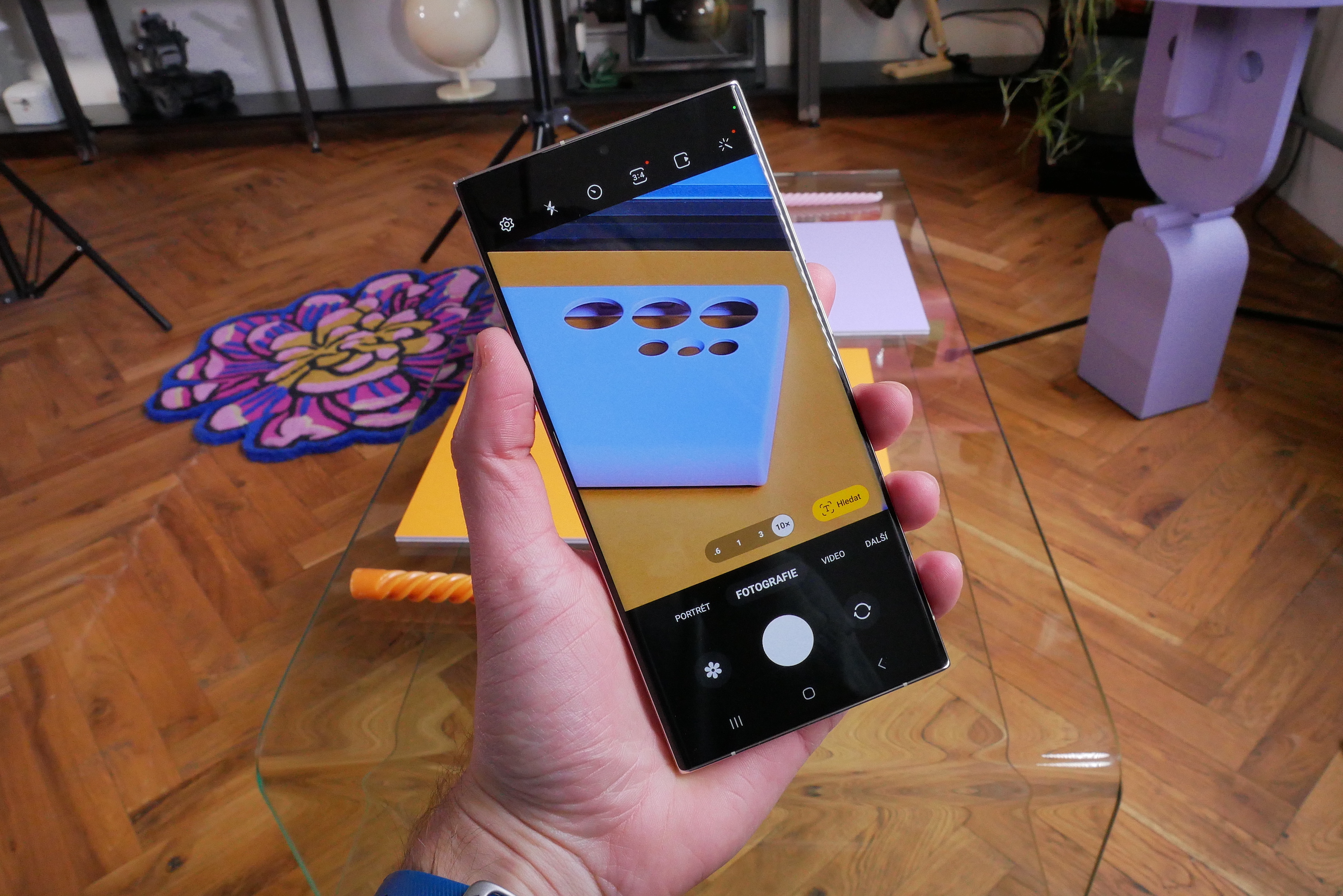


 Adam Kos
Adam Kos 

